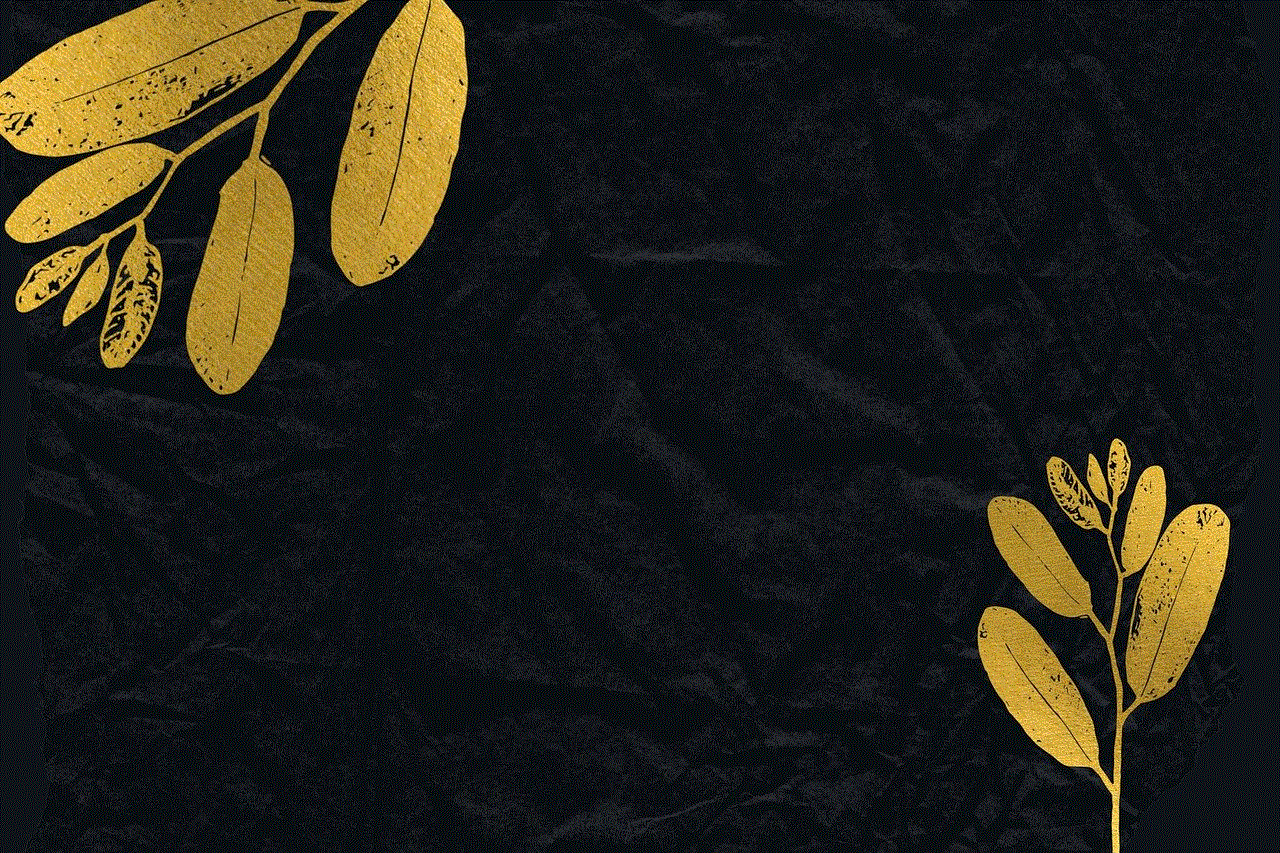a man called bee
Beekeeping, also known as apiculture, is the practice of keeping honeybees in man-made hives for the production of honey and other bee products. It is an ancient practice that has been around for thousands of years, dating back to the ancient Egyptians and Greeks. However, throughout history, beekeeping has not only been a means of producing honey but also a way of life for many. And in the world of beekeeping, there is one man who stands out – a man called Bee.
Bee, whose real name is Benjamin Franklin, is a 56-year-old beekeeper who has been in the business for over 30 years. He is known in the beekeeping community for his expertise and passion for bees, as well as his unique approach to beekeeping. Bee’s love for bees started at a young age when he would help his grandfather tend to his beehives. As he grew older, he became more and more fascinated by these tiny creatures and decided to turn his passion into a career.
Bee is not your average beekeeper. He has a deep understanding of bees and their behavior, which sets him apart from others in the industry. He believes that bees are not just insects but rather intelligent creatures that deserve respect and care. Bee’s philosophy is to treat bees as partners in the process of honey production, rather than just a means to an end. This mindset has led him to develop unique and innovative methods of beekeeping that have gained him recognition in the beekeeping community.
One of Bee’s most notable contributions to the world of beekeeping is his use of natural methods. While most beekeepers use chemicals and pesticides to keep their hives healthy, Bee believes in using natural methods that are not harmful to the bees, the environment, and the end product – honey. Bee’s hives are free from chemicals and pesticides, and he ensures that his bees are able to forage in pesticide-free areas. This not only produces a healthier and more natural honey but also ensures the well-being of the bees and the environment.
In addition to his natural approach, Bee is also known for his unique hive designs. Instead of using the traditional rectangular hives, Bee has designed his own hexagonal hives. He believes that the hexagonal shape is more efficient for the bees as it mimics the natural structure of a beehive. This design also allows for better ventilation and a more organized and productive hive. Bee’s hives have been praised by other beekeepers for their functionality and efficiency, and many have adopted his design.
Apart from his innovative methods, Bee is also known for his extensive knowledge of bees and their behavior. He spends hours observing his bees, learning their habits and patterns, and using this knowledge to improve his beekeeping methods. Bee has also developed a unique way of communicating with his bees. He uses different pitches and tones to communicate with them, and his bees have been observed responding to his calls. This communication allows Bee to work closely with his bees, without causing them any harm or stress.
Bee’s passion for bees goes beyond just honey production. He is also an advocate for bee conservation and education. He believes that it is important to educate people about the importance of bees and the role they play in our ecosystem. Bee organizes workshops and seminars to teach people about beekeeping and the crucial role bees play in pollination. He also works closely with local schools, teaching children about bees and their importance in our environment. Bee’s efforts have not gone unnoticed, and he has received several awards and recognition for his work in bee conservation and education.
However, Bee’s journey as a beekeeper has not been without challenges. One of the biggest challenges he faces is the decline of bee populations worldwide. In recent years, bee populations have been decreasing at an alarming rate due to various factors such as pesticides, diseases, and habitat loss. This has not only affected the honey industry but also poses a threat to our food supply as bees are responsible for pollinating a third of the world’s crops. Bee is constantly working towards finding solutions to this problem, and he is hopeful that with education and awareness, we can save the bees.
Bee’s passion and dedication to beekeeping have not only made him successful but have also inspired many others to take up beekeeping. His unique methods and approach have not only improved the quality of honey but also raised awareness about the importance of bees and their impact on our environment. Bee’s journey as a beekeeper is a testament to the fact that a man’s love for bees can lead to great things and make a positive impact on the world. As the saying goes, “If the bee disappears from the surface of the Earth, man would have no more than four years to live.” Thanks to beekeepers like Bee, we can hope to see a future where bees thrive, and we can continue to enjoy the sweet nectar they provide.
another word for dope
Dope. It’s a word that has multiple meanings and connotations. Some may associate it with drugs, others with something cool or awesome. But what exactly does it mean? Is it just a slang term or does it have a deeper history and significance? In this article, we will explore the origins and evolution of the word “dope” and its various uses in different contexts.
The word “dope” is believed to have originated from the Dutch word “doop” which means sauce or gravy. This word was brought to America by Dutch settlers in the 19th century and was initially used to refer to a thick sauce or gravy. However, as time passed, the word took on a different meaning and began to be used to describe a thick liquid or paste-like substance.
In the early 20th century, “dope” was commonly used in the world of sports, particularly in horse racing. It was used to describe a liquid that was given to racehorses to enhance their performance. This liquid was a mixture of drugs that would stimulate the horses and make them run faster. It wasn’t until the 1920s that the word “dope” began to be associated with drugs in general, particularly with narcotics and hallucinogens.
During the 1920s and 1930s, the use of the word “dope” became more widespread and it was often used to describe illegal drugs like cocaine and heroin. This was also the era of Prohibition in the United States, where alcohol was banned, leading to the rise of the illegal drug trade. As a result, the word “dope” became synonymous with drugs and was often used to describe any kind of illegal substance.
However, the word “dope” also had a positive connotation during this time period. It was used to describe something or someone who was cool, stylish, or fashionable. Jazz musicians, for example, were often referred to as “dope” due to their unique and trendy style. This usage of the word continued into the 1950s and 1960s, where it became associated with the counterculture and the beatnik movement.



In the 1970s, the use of the word “dope” once again shifted, this time towards the world of hip-hop and rap music. It was used to describe something that was excellent or of high quality, often in reference to music or lyrics. This usage of the word can still be heard in modern-day hip-hop songs and has become a staple in the genre’s vocabulary.
As the 20th century came to a close and the new millennium began, the word “dope” took on a whole new meaning in popular culture. It was now being used to describe something or someone who was foolish or stupid. This usage of the word can be traced back to the 1980s, where it was used in the phrase “dopey” to describe someone who was slow or dim-witted. However, in the 2000s, the word “dope” became a popular slang term among teenagers and young adults, often used to describe something or someone who was uncool or unimpressive.
In recent years, the word “dope” has also been used to describe a person’s appearance. It has become a compliment, often used to describe someone who looks fashionable, stylish, or attractive. This usage of the word is most commonly seen on social media platforms, where people share photos of themselves or others using the hashtag #dope.
Despite its ever-changing meanings and uses, the word “dope” has remained a popular term in modern-day language. It has become a part of our everyday vocabulary and has even made its way into mainstream media. In the hit TV show “Breaking Bad”, the main character Walter White’s signature blue crystal meth was often referred to as “blue dope”. This further solidified the association of the word with drugs in popular culture.
But why do we continue to use the word “dope” to describe something that is cool or awesome? One theory is that it stems from the feeling of being high or euphoric that drugs can induce. When someone experiences this feeling, they may describe it as being “dope”. This association with feeling good and happy may have led to the word being used to describe things that are positive or enjoyable.
In conclusion, the word “dope” has a long and complex history, with various meanings and uses throughout the years. From its origins as a Dutch word for sauce, to its association with drugs and now its modern-day usage to describe something or someone cool or stylish, the word has certainly evolved. It is a testament to the ever-changing nature of language and how words can take on new meanings and connotations over time. So the next time you hear someone use the word “dope”, think about its rich history and all the different ways it has been used and interpreted.
what is idk in text
IDK, short for “I don’t know”, is a popular phrase used in text messaging, social media, and everyday conversations. It is often used as a response to a question or statement that one does not have a definitive answer to. The abbreviation has become a part of modern language, with many people incorporating it into their daily communication. However, the origins of IDK and its impact on language and culture are still relatively unknown to many. In this article, we will explore the meaning of IDK, its history, and its influence on modern communication.
The phrase “I don’t know” has been used for centuries as a simple and straightforward way of expressing uncertainty. However, with the advent of technology and the rise of text messaging and social media, the need for quick and concise communication has led to the creation of abbreviations such as IDK. It is believed that the first recorded use of the phrase “I don’t know” was in the 1700s, but the abbreviation IDK did not come into existence until much later.



The exact origin of IDK is uncertain, but it is believed to have emerged in the early 2000s as a way to save time and space in text messages. With the rise of mobile phones and the limited character count in text messages, people started using abbreviations to communicate more efficiently. IDK quickly gained popularity and became a staple in online messaging and social media platforms, such as facebook -parental-controls-guide”>Facebook , Twitter , and Instagram .
One of the reasons for the widespread use of IDK is its versatility. It can be used as a response to a question, a statement, or as a standalone phrase. It can also convey a variety of emotions, from uncertainty to indifference or even annoyance. For example, in response to a question, “IDK” can mean that the person genuinely does not know the answer. However, it can also be used as a way to dismiss or avoid a question. Similarly, when used alone, IDK can signify a lack of interest or a non-committal response.
The popularity of IDK has also led to its inclusion in various online dictionaries, including Merriam-Webster and Oxford. It has become an accepted part of the English language, and its usage has extended beyond text messaging and social media. It is now used in everyday conversations, and even in professional settings, such as in emails and business communications.
The widespread use of IDK has raised concerns about its impact on language and communication. Some argue that the overuse of abbreviations, including IDK, has led to the degradation of language skills, particularly among younger generations. The fear is that with the increased use of abbreviations, people will rely more on shortcuts and neglect proper grammar and spelling.
On the other hand, others argue that abbreviations such as IDK have actually enhanced communication by making it more efficient and accessible. With the rise of technology and the fast-paced nature of modern life, using abbreviations has become a necessity. It allows people to communicate quickly and effectively, without the need for lengthy explanations. For example, in a group chat with friends, using IDK to respond to a question can save time and keep the conversation flowing.
Moreover, the use of abbreviations has also led to the creation of a unique language among younger generations. It is not uncommon to see teenagers and young adults using a combination of abbreviations and slang words in their conversations. This has created a sense of community and belonging among peers, as they have their own language that older generations may not understand fully.
The influence of IDK and other abbreviations can also be seen in popular culture. It has been incorporated into music, movies, and TV shows, further solidifying its place in modern language. For instance, in the animated movie “The Lego Batman Movie,” Batman’s arch-nemesis, The Joker, says, “IDK, my BFF Jill?” as a nod to the popular text messaging phrase.
Furthermore, IDK has also been the subject of internet memes and jokes, showcasing its widespread use and cultural significance. There are even merchandise items, such as t-shirts and mugs, with the phrase “IDK” printed on them, further solidifying its place in popular culture.



In conclusion, IDK has become an integral part of modern communication, thanks to its versatility and efficiency. Its origins may be unknown, but its impact on language and culture is undeniable. While some may argue that the overuse of abbreviations has led to the degradation of language skills, others believe that it has enhanced communication and created a sense of community among younger generations. Whether we like it or not, IDK is here to stay, and it will continue to be a part of our language for years to come.